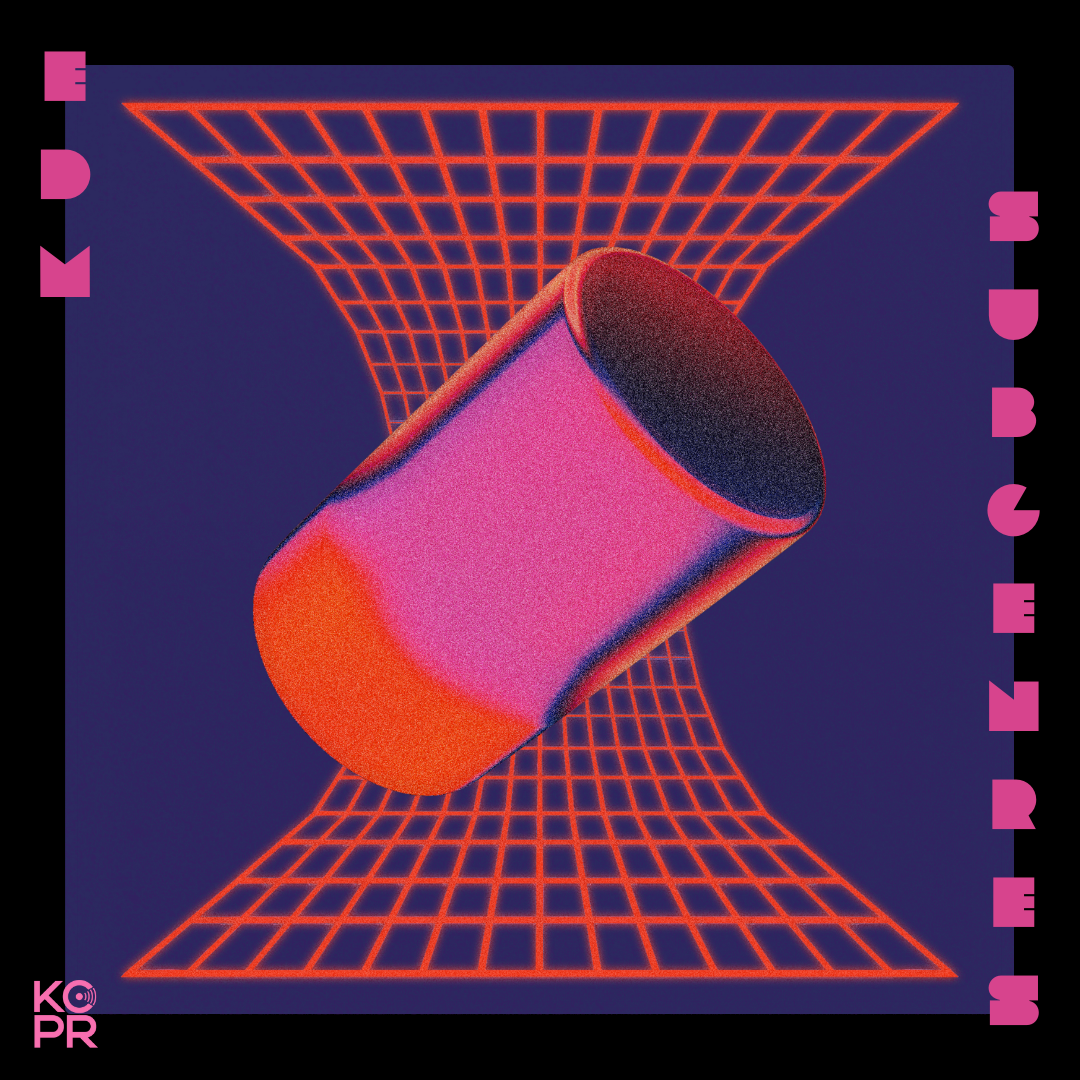Genre Deep Dive: EDM subgenres

In the 1970s, disco fever dominated the nation, flooding dance clubs with a new and funky style of music with rhythm. Disco evolved and inspired new genres of music, which included electronic dance music (EDM). Several different types of EDM grew out of the single genre with varying instruments, basslines and beats per minute (BPM). Today, many EDM subgenres exist, and new subgenres are still being created.
Note: All of the artists found in the subgenres of house are still considered to ultimately be house DJs. Also, many DJs span across several different subgenres.
House
- Artists: SNBRN, Wax Motif, CINTHIE, John Summit
House is one of the better-known subgenres of EDM, characterized by its 4/4 time signature, meaning there are four beats in every measure. The house movement began in Chicago in the 1980s, and its name comes from the idea that a studio isn’t necessary for production. Its BPM is usually between 115 and 130. This beat is steady and reliable and is usually carried out by an electronic drum machine. Hihats and claps are also added to add depth. Today, house artists sample from other music and incorporate beat drops to make songs crowd-friendly.
Deep House
- Artists: Sebb Junior, Miguel Migs, Peggy Gou
Deep house has a 4/4 time signature like traditional house, but the BPM is slightly slower (110 to 125). Another difference between house and deep house is that deep house incorporates funk and jazz styles. This is shown through the soulful vocal style on many deep house tracks.
Future House
- Artists: Tchami, Rina Sawayama, Don Diablo
Pioneered by French DJ Tchami, future house typically has a strict 126 to 128 BPM, but it can vary between 120 and 130. Tchami created this subgenre because he wanted to give a name to house music that didn’t fit any present categories. It tends to sound more similar to deep house, but the songs are more “bouncy.”
Tech House
- Artists: Sidepiece, Dom Dolla, Jamie Jones
In this subgenre, elements of techno and house music blend together. With its prominent basslines and heavy kick drum beats, tech house was made for dancing. Its BPM is around 125, and both the main beat and the off-beat are emphasized. There are hints of jazz and soul, and the melodies are synthetic and electronic.
Bass House
- Artists: JOYRYDE, Jauz, Knock2
Bass house usually has a BPM of around 120 and is more aggressive than tech house. It’s characterized by its high energy and intense build-ups and drops.
Future bass
- Artists: Flume, ODESZA, Alison Wonderland
Tied to trap and dubstep music, future bass is a subgenre of EDM that typically runs at 160 BPM. Popularized in the 2010s, future bass is characterized by its keyboard synths that create bass lines. Flume was the first DJ to create a mainstream future bass hit with a remix of Disclosure’s song “You & Me.”
Techno
- Artists: Daft Punk, Nina Kravitz, Jeff Mills, southstar
With its quick tempo and a hint of soul, techno is a subgenre from Detroit that has a BPM between 125 and 150. Techno usually doesn’t have many lyrics within its songs, and it also has a 4/4 time signature with a snare drum backbeat on the second and fourth beat. The instruments in each song tend to have an “electronic distortion,” and techno can be found playing in dance clubs in Europe. Some may say that it sounds like a faster version of tech house.
Trance
- Artists: Tiësto, Infected Mushroom, Armin Van Buuren
Rooted in Germany, Trance EDM can be identified by the way in which DJs build tension in their melodies and then break it with a “beat drop.” Its BPM is between 125 and 150. The melody build-up is longer than other forms of EDM, and it is repeated throughout songs to have a trance-like effect.
Dubstep
- Artists: Skrillex, Khiva, Buku, Zeds Dead
Dubstep first gained popularity in the early 2000s in London clubs. Dubstep BPM can be either around 70 or 140, depending on how slow the producer wants the song to be. The bassline is said to have a “wobble,” meaning that it oscillates. The bass is also often at a very low frequency, making it so that dubstep tracks have an extremely deep bass. Bass drops are very common and can be followed by the melody picking up again.
Blend
- Artists: Fred again.., Yaeji, James Blake, RUFUS DU SOL
There are some artists that simply cannot be placed in one category of EDM because they combine several different subgenres together. There is no exact name for artists who fall into multiple categories, but there are new subgenres being created frequently. Experimental EDM is on the rise and allows artists to have more freedom in their work.

